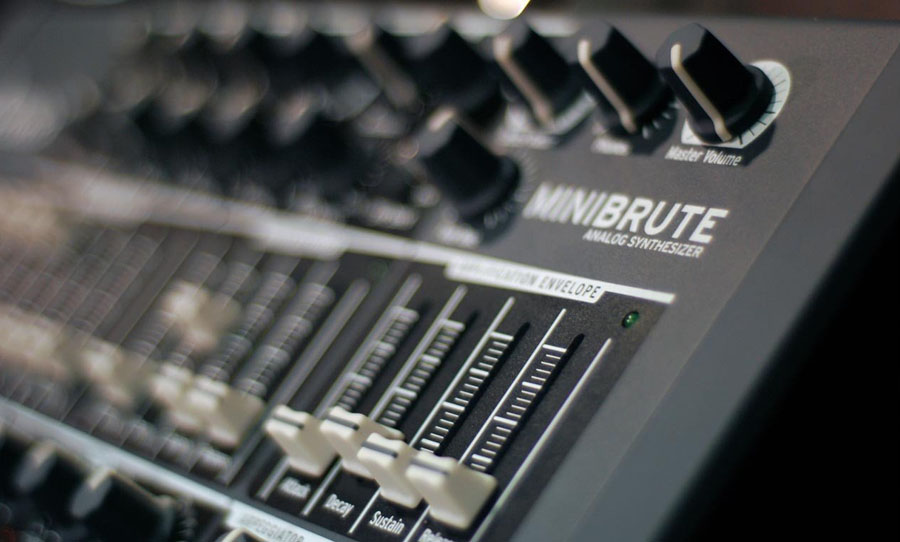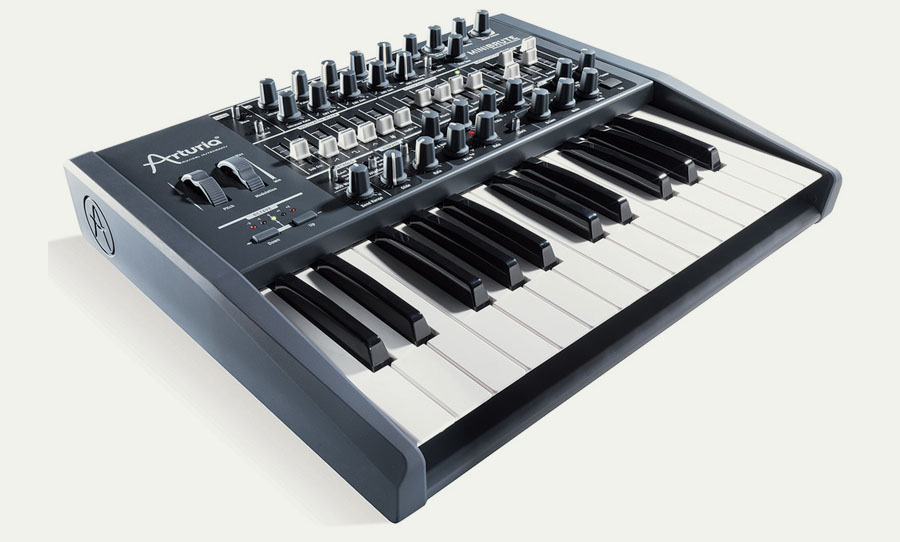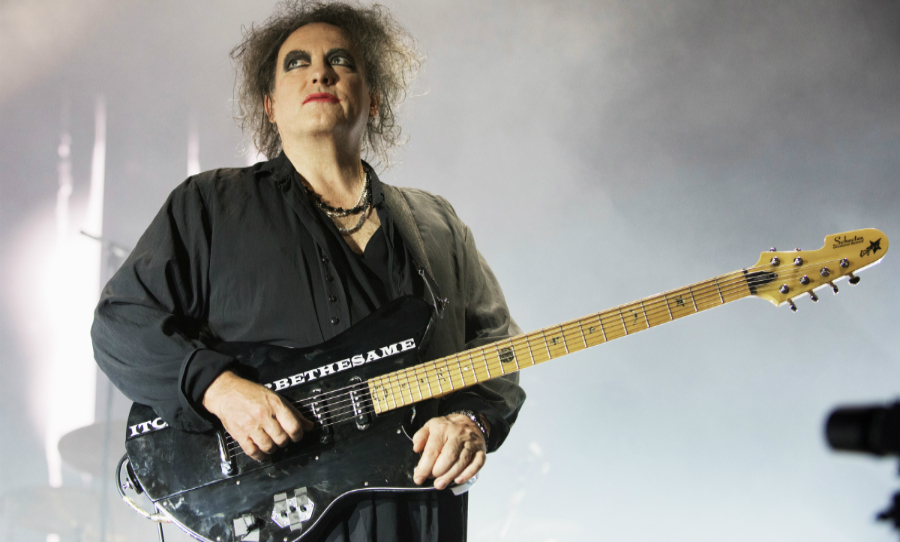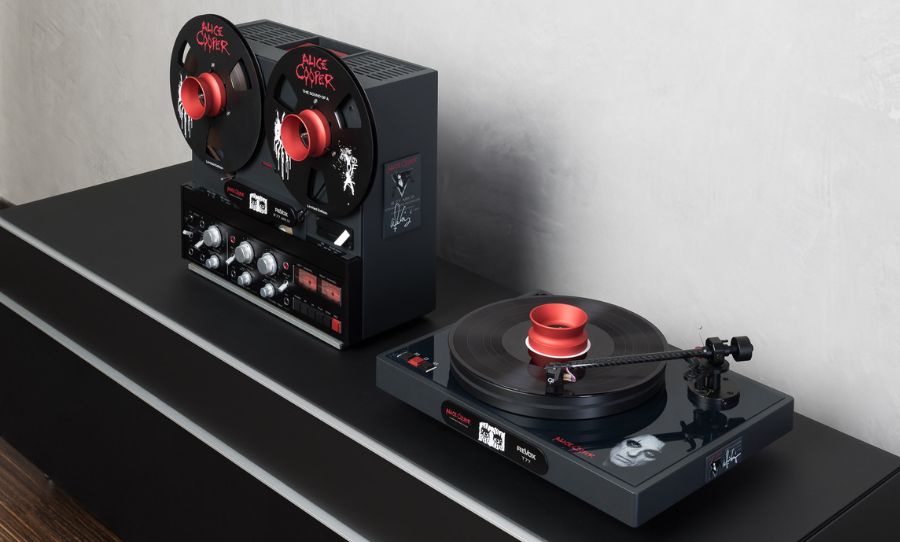The compact, analog monosynth reached its peak in the early ’80s. The big polysynths of the time were still kicking goals of course, but the synth manufacturers heeded the demand from the music community for synths that prioritised performance and spontaneity. It’s this spirit which the MiniBrute from Arturia perfectly embodies.
Inspired by the form factor, tactile controls and sound of these analog icons, Arturia set about recreating this experience for the new millennium. Read on as we explore the origins of this mini master and the innovative approach that Arturia is taking to keep the MiniBrute fresh well into the future.
Taking inspiration from the ’70s and ’80s classics, Arturia’s MiniBrute has become a monosynth essential in its own right. It’s an ideal combination of analog tone and modern workflow.
Breaking Out of the Box
Arturia are best known for their stellar emulations of the who’s who of vintage synths and keyboards in the V Collection series. Through their expert software design, user-friendly GUIs and killer sounds, they’ve created an in-the-box synth library that is second-to-none.
So while the company’s passion for analog synthesis is apparent, until 2012, they had yet to venture into the hardware realm. To make their dream a reality, they enlisted Yves Usson to design the analog circuits for the MiniBrute. He was the guiding presence in the sound design of the synth, from the initial schematics, all the way through to the manufacturing stage.
Even though its heart and soul lay in the rose-tinted era of the late ’70s and early ’80s, the MiniBrute enjoys the mod-cons that make it slot into a modern studio with ease. Connectivity is ample, with MIDI din input and output, audio input for external access to the filter, VCA and Brute Factor sections, master and headphone outputs and CV gate inputs and outputs for synchronising with other synths and drum machines.
True Performer
Performance-wise, there are advanced expression options in the form of velocity-sensitive keyboard and aftertouch – which can be configured to control cutoff and vibrato. There’s an expansive arpeggiator which has up, down, up/down and random order between one and four octaves, which can be controlled via tap tempo, with swing available too.
Another novel aspect to the character of the MiniBrute is its Brute Factor circuit. Yves Usson explained the inspiration behind it in an interview with GreatSynthesizers.com:
“The Brute factor is an implementation of an old trick known by all Minimoog owners. It consists of feeding back the output of the synthesizer into the external input. This creates a feedback loop that integrates all the un-linearity of the VCF and of the VCA.”
What it amounts to is a unique distortion style that can sound warm and characterful at lower levels, but capable of pure chaos when cranked up close to the maximum.
The Steiner-Parker filter section, while not unique, is a rare choice. It provides a range of filtering options, including low pass, high pass, band pass and notch positions. Though it’s a 12dB per octave filter, the MiniBrute can still conjure up the aggressive filtered tones that you would expect from an instrument that’s designed for massive bass lines and soaring leads.
The Limits of Control
In spite of its sophistication and expressive capabilities that leave its vintage forbears in the dust, the MiniBrute is a tiny instrument. Thus, there is another key principle at its core: limitations. Firstly and most pertinent to its sound is the fact that there is only one oscillator on board. This single VCO however, has been cleverly modified to maximise its versatility.
It provides four simultaneous waveshapes, each of which can be mixed with white noise and the external audio input. The waveshapes can be modified, however, with Ultrasaw – which provides two phase-shifted copies of sawtooth wave and is capable of lush choruses, all the way to seasick detuning. The Metalizer takes a standard triangle waveform, warping and folding it to create otherworldly metallic percussion sounds.
Depending on your perspective, the most severe limitation present in the MiniBrute is the fact that there are no presets and no menus, therefore, no minuscule screens to navigate – a feature which is anathema to the trend of modern synths. The knobs, faders and wheels are all the weapons you have to coax sounds out of the instrument.
Musicians who enjoy control and would sleep easier knowing that their favourite patches will be present when they return the MiniBrute might break out in a cold sweat in reaction to this omission. But others of a free-spirited persuasion are likely to feel liberated. This approach invites experimentation on the fly and could encourage you to surrender to the direction that synth takes you, which could inspire all kinds of unique sounds.
The Start of a Dynasty
The original MiniBrute is now unavailable on the Arturia store – but for good reason. There’s a new kid in town: Minibrute 2. This new synth incorporates a semi-modular architecture, with a 48 point patch bay for incorporating external elements into any stage of the signal path and redesigning the internal structure of the synth. A more advanced sequencing and arpeggiator section is also on hand, as well as an extra VCO, for creating ever more complex and evolving soundscapes.
The MiniBrute has walked the line between modern functionality and vintage-inspired tone so expertly that it seems to good to be true. With the MiniBrute series, Arturia has broken out of the box, creating an all-analog synth that promises to be the start of a dynasty.


